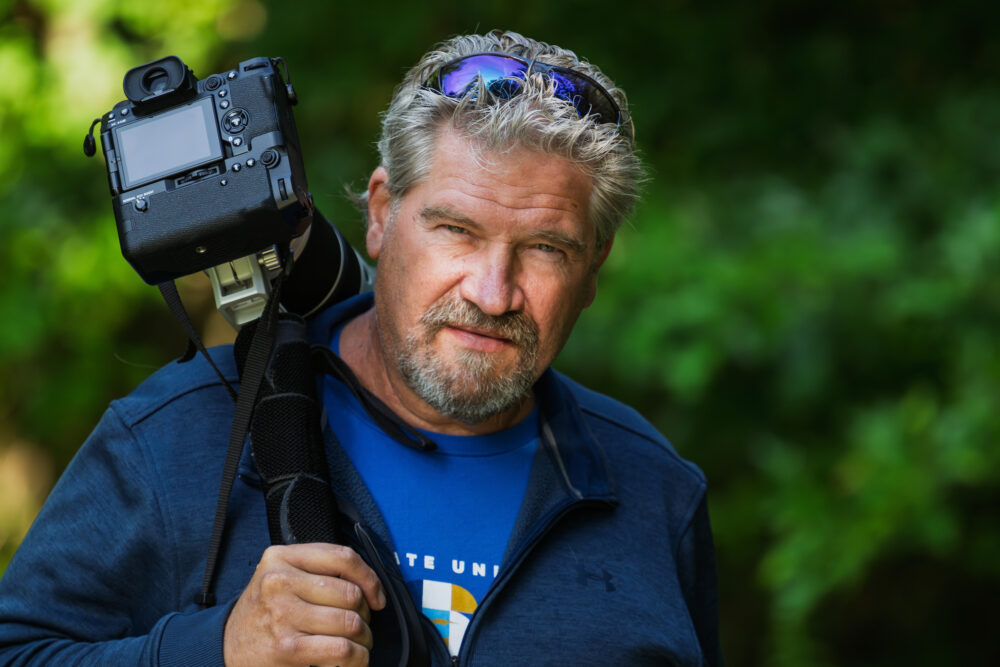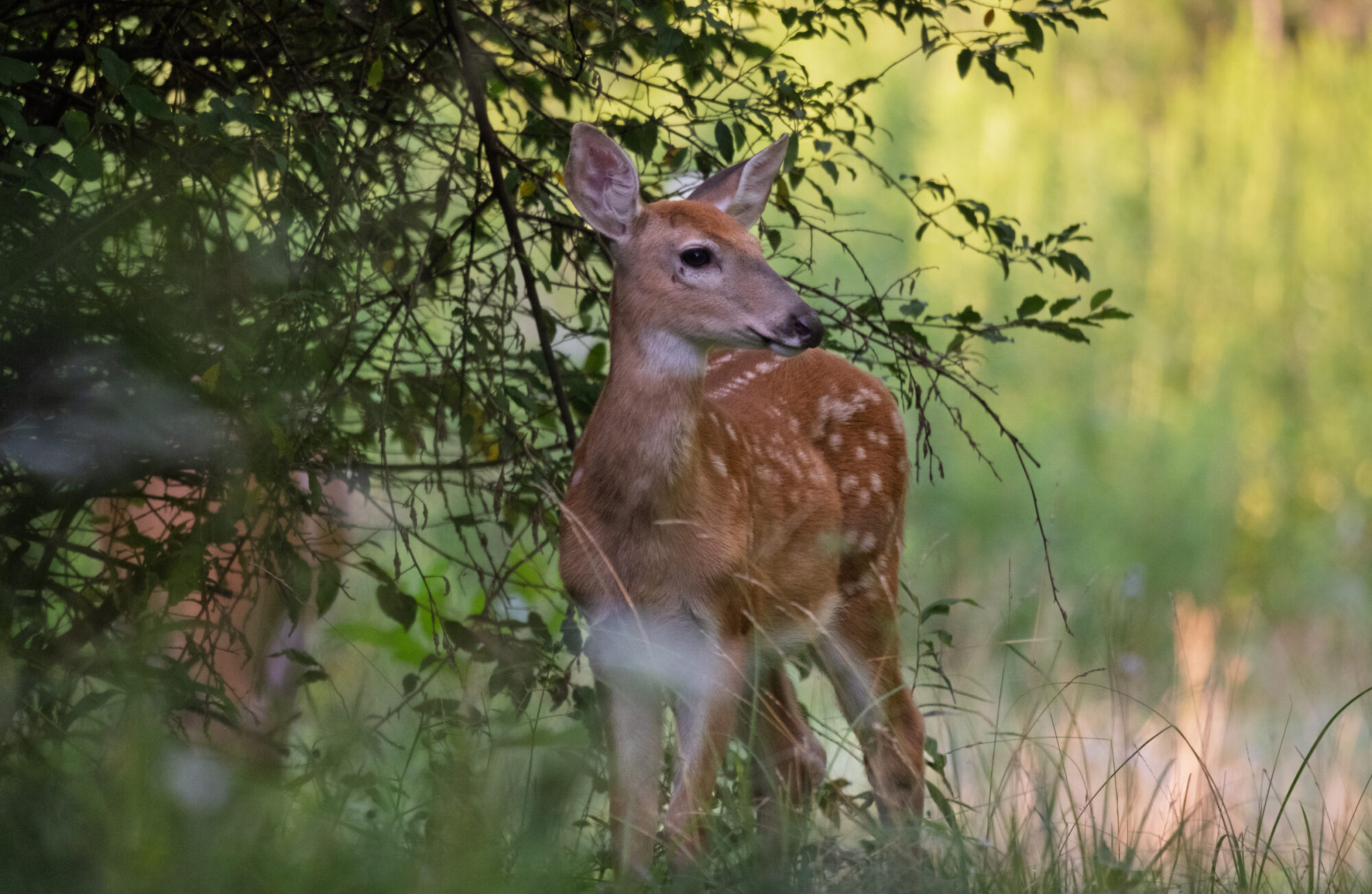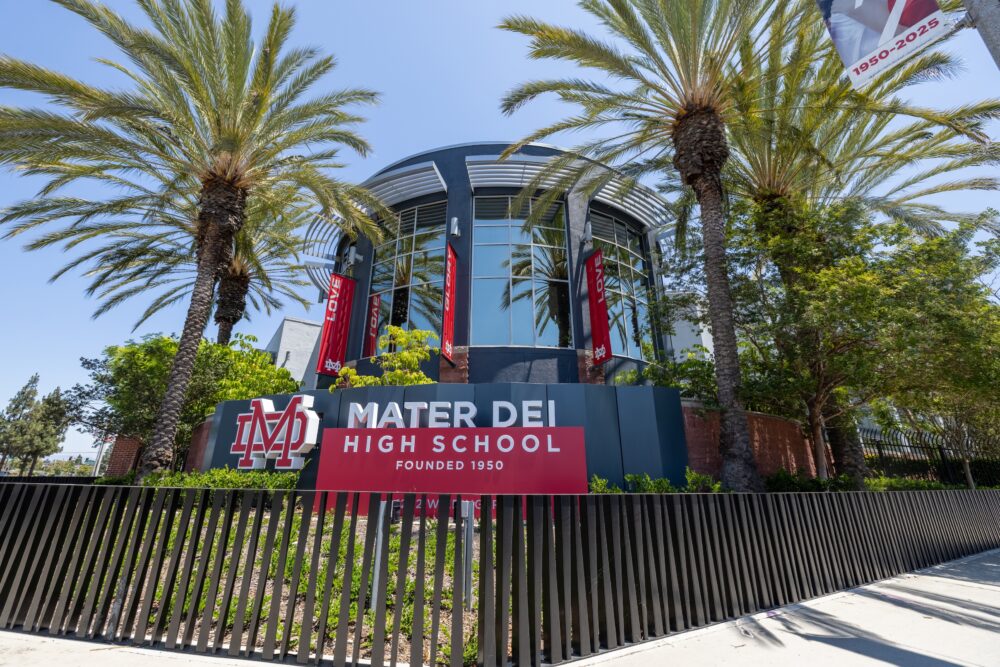Share
Kent State Photographer Bob Christy Wins 2025 PhotoShelter UPAA Grant
Read our interview with Bob Christy, Senior Photography Coordinator at Kent State University and winner of the PhotoShelter UPAA Grant.

At this year’s University Photographers’ Association of America (UPAA) Symposium, we proudly presented the PhotoShelter UPAA Grant. The 2025 recipient is Bob Christy, Senior Photography Coordinator at Kent State University.
We caught up with Bob to hear about his photography journey, his UPAA grant-winning submission, the project he’s planning next, and why the UPAA community means so much to him.
How did you get into photography and end up at Kent State?
BC: I got into photography when I was young. My granddad died in 1980, and he was a hobby photographer. He always had these cameras that we weren’t allowed to touch or even look at. When he passed away, my dad brought all this stuff home, and I started playing with it.
And I was good at it, right from the get-go. My dad would show me stuff, and I’d understand right away.
I started taking pictures of everything. Everything I made looked like postcards to me, flowers and things. And I started developing my own film, too. I learned from…these old “encyclopedia of photography” books from the 1940s we found at a yard sale. Then I just kept honing my craft.
I shot for student newspapers when I was in junior high and high school. Back then, I was mentored by a man who worked with the Akron Beacon Journal back in their heyday, when they had 15 photographers. His name was Paul Tople and he served as my mentor for the rest of his life.
Paul invited me down to the paper, and I learned all about the work they were doing.
“It just never dawned on me how to become a photographer. Back in those days, high school counselors didn’t talk to students like me about college. So, I ended up joining the Air Force.”
Bob Christy, Senior Photography Coordinator, Kent State University
While I was in the military, I started working at newspapers on the side, just to gain some experience.I worked in Clovis, New Mexico and Portsmouth, New Hampshire. I had served almost six years, getting ready to get out, and I finally decided I wanted to go to college to become a photographer.
I talked to Paul about it, and he said he went to Kent State, so I decided to go to Kent State, too. I actually ended up getting out of the Air Force early due to a base closure.
I ended up working for the student newspaper, the Daily Kent Stater, and hung around the university photographers at the time. I worked at the Akron Beacon Journal part-time, and I did three internships at newspapers in Ohio. When I graduated from Kent State, I took a job at the Laconia Evening Citizen, in New Hampshire and did a lot of freelance work covering national politics for United Press International. it never even dawned on me that I would end up working at Kent State.
One day, Gary Harwood, one of the university photographers, called me and said, “We have this job opening, I’d like you to apply for it.” It was a job for a third photographer. I was working at the New Philadelphia Times-Reporter in Ohio at the time.
I finally started working at Kent State in December of 2000, and I’ve been there ever since.
It’s a great place to work, it really is. The people are awesome, the students are awesome. I learn a lot from students, and they learn quite a bit from myself and Rami Daud, our other staff photographer. Our president, Todd Diacon, is truly a “students first” president, and that attitude is felt in every faculty and staff member at Kent State. In 2022, I graduated with a master’s degree in journalism education so I could relate better to the work that I do with the students every day.

Let’s talk about your UPAA grant application. What’s the photo project you’re pursuing?
BC: Back in the 1970s, the heavy use of DDT for agricultural pest control made its way into the food chain and killed off most of the population of Bald Eagles in the state. In that time, Ohio had dropped to only four nesting pairs. Due to environmental regulations, habitat restoration, and reintroduction efforts, that has now increased in recent years to nearly 1,000 nests, more eagles now than we’ve had in 50 years.
Bald Eagles can be found all over the state, as well as ospreys, red tailed hawks and other species that had been decimated by the over use of chemicals. I want to use the grant to buy a lens to help document that around Northeast Ohio, where the Kent State campus is located.
Our campus is also set on over 1,000 acres of various geographic features, from urban to rural and has woodlands, wetlands, and other natural habitats. So my plan is to go out and document the growing, thriving habitat of eagles around Ohio and also to photograph other wildlife on
campus too.
Our campus is populated with white tailed deer, coyotes, foxes, muskrats, groundhogs, red-tailed hawks, and of course, black squirrels, our unofficial mascot.
What do you plan to do with the grant?
BC: I’m already using it! I purchased a Fuji 150-600/5.6-8 lens with the help of Jackie Hillyer. The lens is a great balance of large, light, sharp and within my budget.
I will be using this lens to document both the Bald Eagles and the wildlife that populates the Kent State campus.
That’s the first thing I want to do. I’ve never really been into wildlife photography before. I’ve always been more of a photojournalist, documentary-type photographer. But I’ve got a lot of friends who do it. I’ve just never had quite the right piece of gear.
It’s funny, the second day I got the lens, I wandered out on campus. And the first thing I saw was a mama deer with her baby. And I was like, “Well, this is awesome, that’s happenstance. Let’s do this.”

What does UPAA and that community mean to you?
BC: UPAA is great because you get a group of people who are in the same situation as you, who you can bounce ideas off of, discuss issues and topics that are specific to university photography.
You look at the photos in the monthly clip contest, and, in my opinion, university photography has gotten exponentially better since I’ve been around for the last 25 years. A lot of people who came from newspapers and other creative fields…they’re working at universities now, and they are just bringing the craft that much higher.
UPAA has just been great whenever you need to hear from someone else in the industry about how they do something, or how they handle a situation. Somebody’s been there and done that.
It’s just a great support network, and while I haven’t met most of the people in it, there’s a broad spectrum of photographers at small colleges that are expected to do everything, all the way to universities that have nearly unlimited budgets. So UPAA runs the whole gamut.
Click here to learn more about the University Photographers’ Association of America and read our interview with 2024 grant winner, Katherine Seghers.
Photos by Bob Christy. Cover image by Rami Daud.


